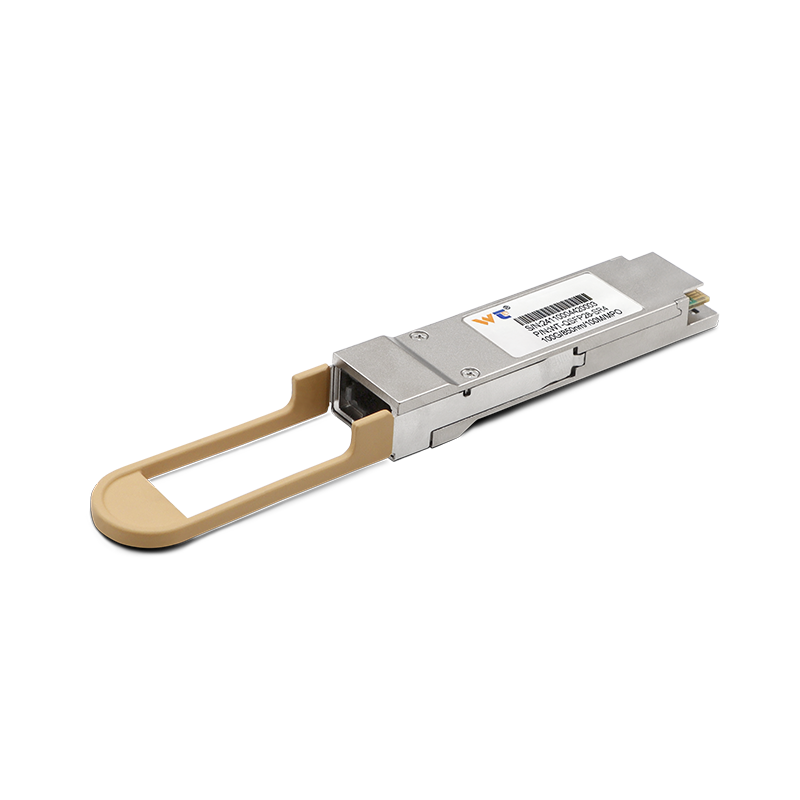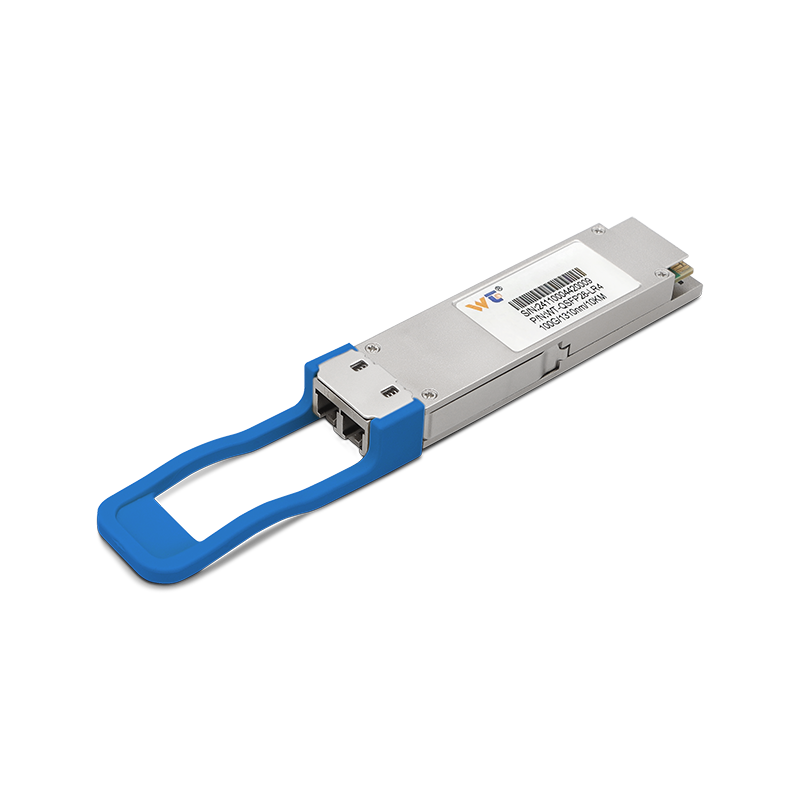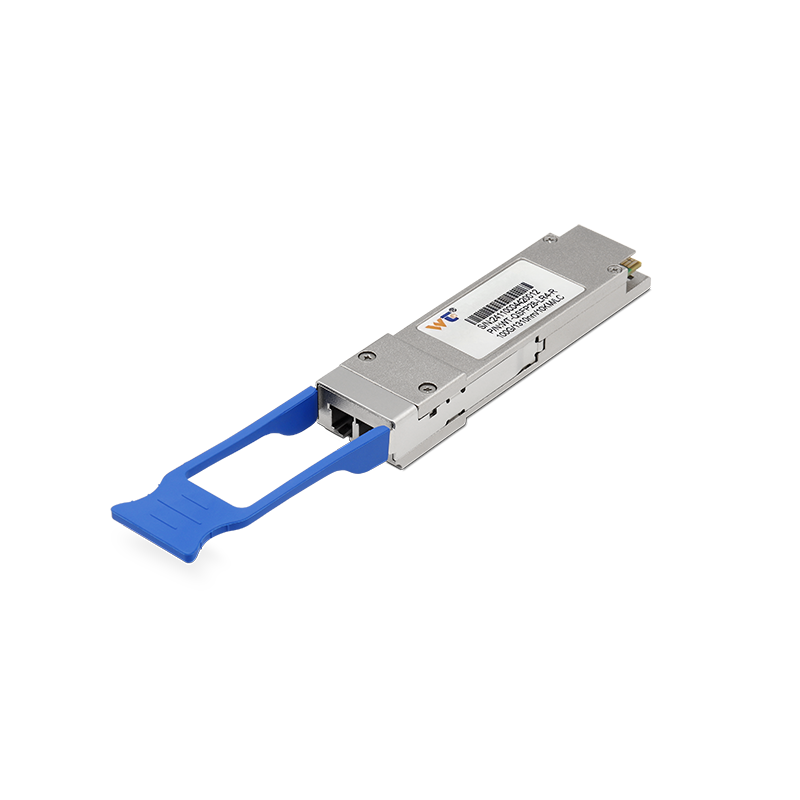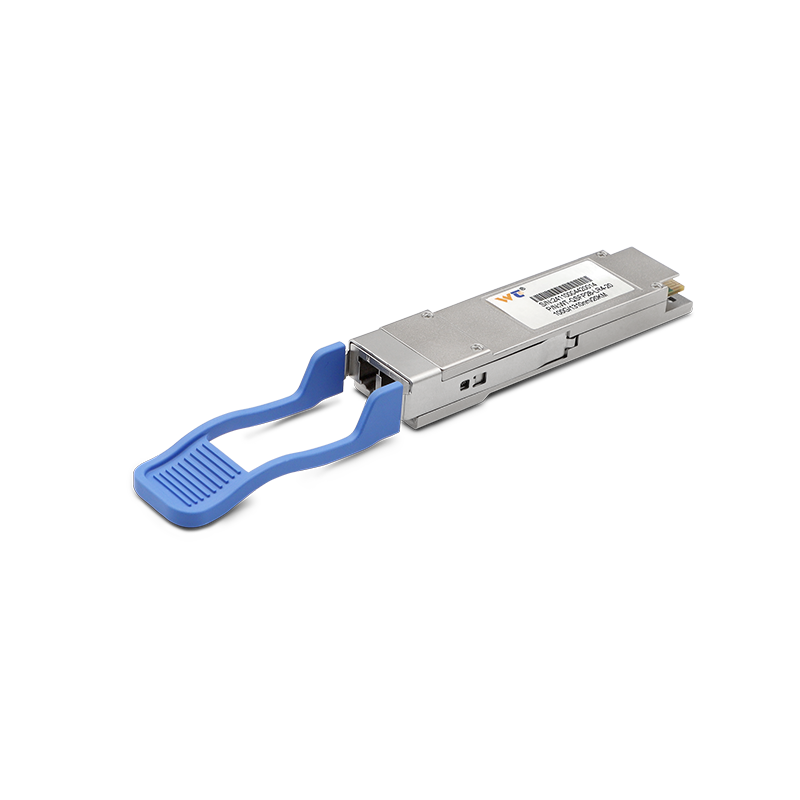Most network engineers find themselves scratching their heads when it comes to the intricacies of connecting multiple broadband links to one router. It’s crazy to think this isn’t just some abstract theory floating in the air; in our interconnected world, mastering this skill is crucial for boosting network performance, maintaining redundancy, and ensuring reliability. As we tackle various networking challenges, it becomes vital that our routers adeptly handle multiple broadband connections. Whether you’re setting up a cozy home network or managing a sprightly small office, the ability to weave together different internet sources can truly elevate your operational efficiency. Let’s dive into some practical tools and methods to harness this valuable capability.
When it comes to connecting multiple broadband links to a single router, engineers play around with methods like policy-based routing, load balancing, and failover mechanisms. Each of these techniques brings something unique to the table. Policy-based routing is all about managing traffic according to set rules, ultimately optimizing bandwidth like a pro. Load balancing? That’s the hero that spreads the workload across several connections, avoiding that pesky bottleneck effect. On the flip side, failover acts as a safety net, swooping in to take charge if one connection decides to bail. It’s also a good idea to get comfy with router firmware settings and check out additional external load balancers to truly achieve that seamless connectivity. Grasping these concepts will really empower engineers to enact these strategies smartly.
Understanding the nuts and bolts behind connecting multiple broadband links not only fuels network design but also boosts overall performance. Think of it this way: your router is like a traffic cop, guiding data from various entry points to their final destinations. To make the most of multiple internet connections, you need to start by picking routers that are compatible with features supporting multiple WAN (Wide Area Network) interfaces. These routers should allow you to configure each broadband link, so you’ll need to dig into various settings. Next up, you’ll be engaging with network protocols—like DHCP (Dynamic Host Configuration Protocol) and static IP addressing—to ensure data flows smoothly. Given the variety of connections—from DSL and cable to fiber optics—it’s crucial to understand the nuances and capacities of each type of link. This knowledge is what will allow engineers to effectively analyze and harness the potential of each connection.
Here’s a quick rundown of the steps to connect multiple broadband links to one router:
- Choose the Right Router: Look for one that’s designed for multiple WAN connections—these are generally dubbed multi-WAN routers.
- Set Up Physically: Hook each broadband modem to the router’s WAN port using good ol’ Ethernet cables. Don’t forget to power those modems on!
- Tweak Router Settings: Get into the router’s admin panel using a web browser, log in, and head over to the WAN settings area.
- Plug in Connection Info: For each broadband connection, input the ISP settings, like connection type, username, and password, if needed.
- Activate Load Balancing: Most multi-WAN routers come with a load balancing feature. Turn that on to let the router handle traffic distribution automatically!
- Test Connections: After you’re done configuring, test each link one by one to make sure everything’s working as it should. Keep an eye on how the load is distributed for the load balancing to be effective.
- Implement a Failover Plan: Set rules for failover so if one link takes a dive, the router will shift traffic to the links that are still alive and kicking.
As we look ahead, the future of SD-WAN (Software-Defined Wide Area Networking) has the potential to revolutionize how we manage multiple broadband links. Imagine advanced algorithms that can dynamically allocate bandwidth based on the needs of your applications! As businesses expand, integrating AI could further enhance load balancing decisions. Imagine AI that learns traffic patterns to adjust resources ahead of time—now that’s the kind of proactive management we could only dream of!
So, how does a multi-WAN setup actually boost network reliability?
When you use multiple broadband lines, your overall network reliability skyrockets! If one link goes down, another swoops in to take over, ensuring uninterrupted service.
Getting your hands dirty with practical networking is incredibly rewarding. By experimenting with different setups, you can really understand how various configurations can yield different results. I'd recommend diving into practical sessions—whether that’s simulating environments or trying out solutions on a smaller scale. The hiccups you encounter will turn into valuable lessons, reinforcing what you’ve learned in theory. Plus, connecting with the community—be it through forums, webinars, or local meetups—can provide game-changing insights that streamline your learning process.
To wrap things up, bringing multiple broadband links into a single router embodies not only technological advancement but also reflects the demands of our modern networking landscape. Grasping concepts like load balancing, failover strategies, and the nuances of router capabilities is foundational knowledge for any budding network engineer. By rolling up your sleeves and diving into practical implementations, you can ensure that your networking solutions are resilient, efficient, and effective. As we embrace this integration, we’re not just enhancing performance metrics; we’re also contributing to the evolution of a more connected, reliable digital world.






